Roam Research: How to Take Smart Notes
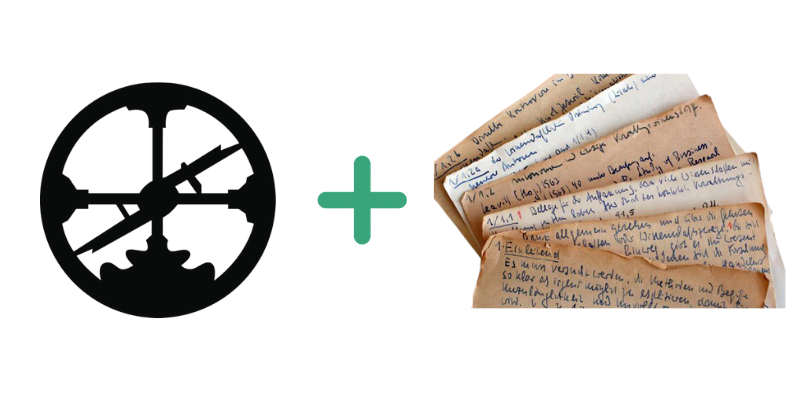
I began using Roam Research about three months ago and although the learning curve was a bit high once I got the hang of things it completely changed the game for me. I've been using it as my personal knowledge management system where I keep all my notes from my books, articles, podcasts, youtube videos, etc. I've never used a note taking app that actually makes me smarter, Roam has essentially become my second brain. The key ingredient in all of this is my smart note taking system.
What is Roam Research?
Roam is an “note-taking application for networked thought.” Unlike Evernote or Notion, Roam is specifically designed to help you connect your thoughts and is the ideal software for people who love to learn and connect bits of unrelated information.
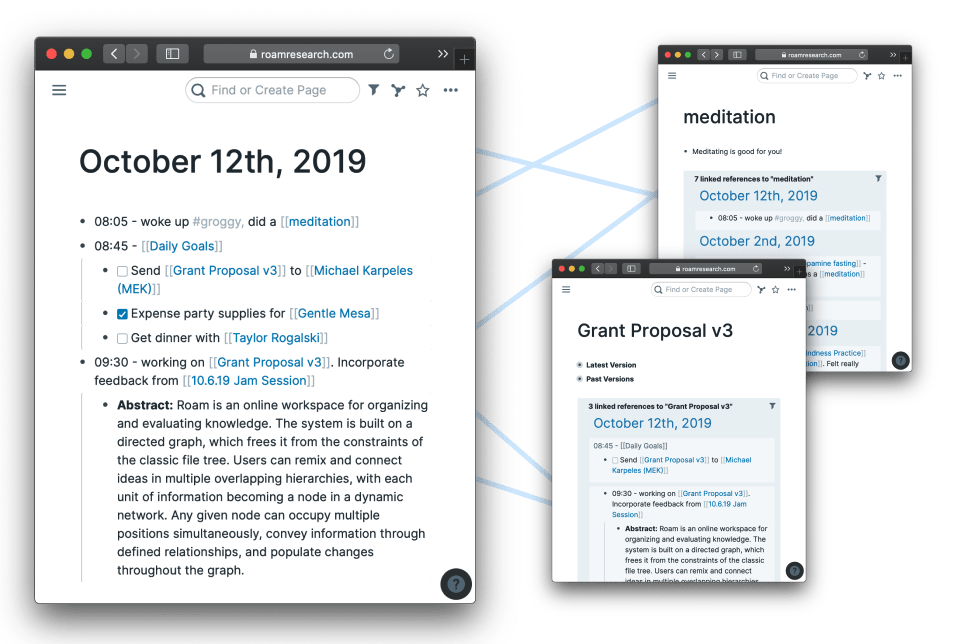
What are Smart Notes?
I first came across smart notes after reading How to Take Smart Notes by Sonke Ahrens right after I began using Roam Research. Pretty much the gist of the book is a step by step guide on how to use Zettelkasten Method which is a note taking system developed by legend Niklas Luhmann who during his life time wrote 70 books and nearly 400 scholarly articles all thanks to his writing system.
The way I take smart notes using Roam Research differs slightly from the Zettlekasten method but the main ideas and steps are the same.
Step 1: Take Fleeting Notes
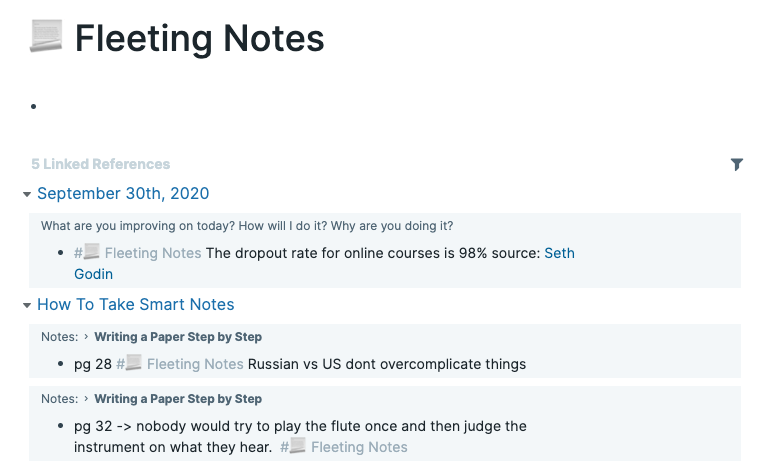
Fleeting notes are essential short little reminders or snippets that don't have to make much sense. When your taking notes in Roam about a book, podcast or article and you come across something interesting you want to potentially research into more, or turn into a evergreen note later on tag it with. In this way, all your fleeting notes will be collected in one place, and can be handled and converted in batches when you have time.
Step 2: Make Literature Notes
This is essentially just notes you have taken from anything you have read or listened to, written in your own words. These notes should make sense in the context of what you are consuming, and can be understood if someone else were to read them.

The above screenshot are literature notes I took on a podcast episode I listened to. I file it under my Resonance Calendar so later on, I can just go to my resonance calendar tag to convert some of the best notes into evergreen notes.
Step 3: Make Evergreen Notes

Evergreen notes are atomic, concept-oriented, and are densely linked. They can be thought of as lego blocks that can be used to build different essays and arguments. For more information on evergreen notes check out this post by Andy Matuschak.
Go through all your fleeting and literature notes and think about how they relate to what is relevant for your own research, thinking or interests. The key is to develop new arguments, discussion and ideas.
Write exactly one note for each idea and write as if you were writing for someone else. Throw away your fleeting notes after.
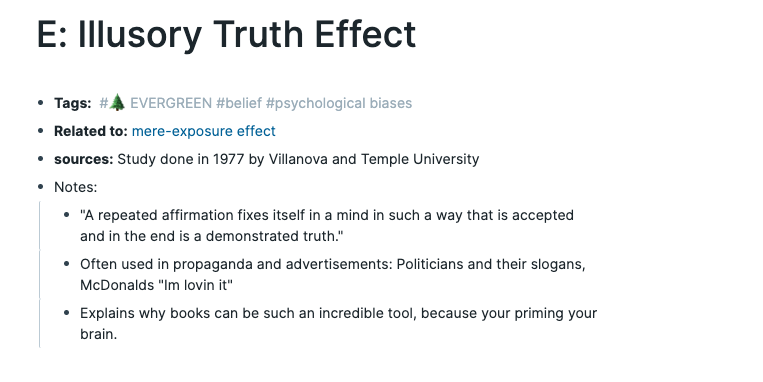
As you can see from the picture above, I not only tagged it with Evergreen but also psychological biases, and belief. This way when I sit down to write a post about either belief or psychological biases I can just use Roam's filtering tool to acquire the relevant notes:

Search up psychological biases and simply click, after that only evergreen notes also tagged with psychological biases will appear.
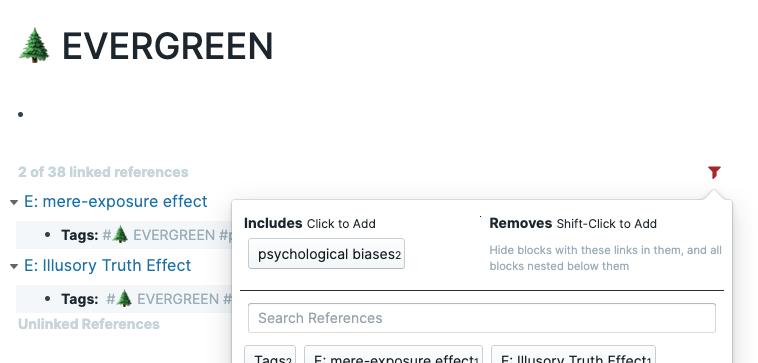
What's the Purpose?
You won't be seeing the benefits of creating evergreens until you have accumulated a bunch of them, and just like compound interest the more you accumulate the better it gets.
This is how Niklas Luhmann was able to never have "writers block", it's because he never started with a blank page, he had thousands of evergreen/permanent notes at his disposal. All he needed to do was rearrange them and tweak them a bit to create a cohesive argument.
Instead of just mindlessly reading or watching something, I'm taking notes in my own words and also thinking about how it relates to other ideas and subjects.
I can see connections from ideas and key points from two completely different pieces of content thanks to the app's backlinking feature, which pretty much mimics the connections in our brain.
Almost all scientists agree nowadays that real thinking requires some kind of externalization, especially in the form of writing. (Source: How to Take Smart Notes) So if you your looking for a note taking system to level up your thinking, the one I outlined in this article is probably your best bet!
Conclusion
You don't have to follow the exact process that I have written here. You should follow a system that works best for you. However, this does not mean you should quit after only making two evergreen notes. This is a compounding process, where the longer you keep making these notes the more value you will obtain from them. Think of yourself as a gardener and your notes as your plants. Enjoy the process, the sweat, hard work that goes into making a beautiful garden and the eventual harvesting of your fruits of labor.